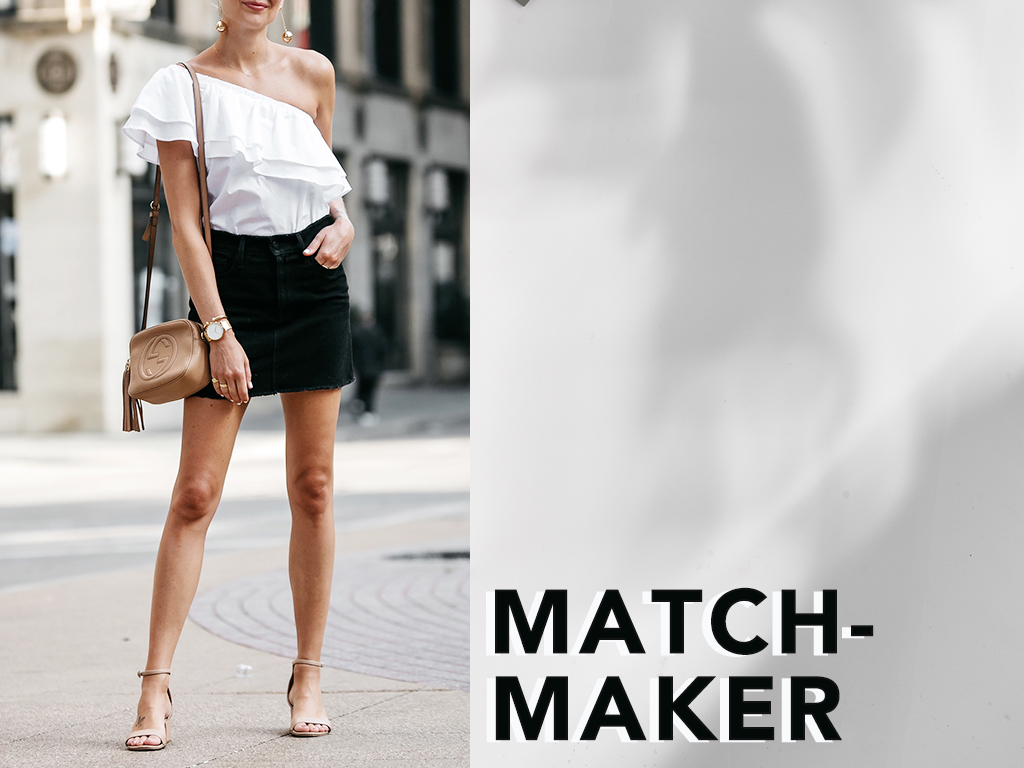The Coveteur | Emily Ramshaw
Credit: @pierrehardy/Instagram
Only Pierre Hardy could accidentally fall into shoe design and get his first real gig at Dior in the 80s when “it was the biggest name in fashion,” meanwhile holding onto his teaching job at a fashion school. Hardy only gave up the teaching job three years ago – despite the fact that he’s been designing his own label since 1999 and has been in charge of shoes and jewelry at Hermès for more than 15 years – as we learned when we chatted up the designer at his showroom and studio during Paris Fashion Week. According to him, it meant that it was never really about the money – a pretty rare position to be in, and a perspective that has led him to creating Fashion Week collections, such as the one he showed this time around, that are more about sharing his conceptual ideas than selling shoes. In turn, that same point of view is probably what’s led us to covet his label (and Hermès’s) and its distinct intellectual aesthetic more than most. Here, the irreverent designer on how he stumbled into shoe design and then jewelry design, why Hermès is the purest brand in the industry, and why disillusion caused him to launch his own label.
Credit: @pierrehardy/Instagram
His Circuitous Route to Becoming a Full-Time Designer
“It has been very organic. The one thing I’ve always loved since I was a kid was drawing – day and night, on the holidays and during school time. It was the only thing I wanted to do. It happened that it became shoes because I was studying fine art and I met a friend who was into fashion – they asked me to do some illustration for them and illustrations for a fashion magazine. Someone in fashion told me, ‘Ah! Apparently you love to draw, maybe you could draw a collection.’ I thought, ‘Why not?!’ At that time I didn’t know what that was exactly. It was just for fun and expressing myself. They asked me for a shoe collection. If someone had asked me to draw clothes, I would be doing clothes today. There wasn’t a strategy or a career. I had a lot of passion, but distance, too. First of all, I had another job. I was teacher. I wasn’t desperate to earn money. It was just for fun.
“I stopped teaching three years ago. I was teaching at a fashion school, one of the best in Paris. I didn’t really teach fashion, more creative methodology. My students used to come from many different fields like architecture, advertising, illustration, fashion, textile, whatever. The purpose was to make them work together and to make them really creative people.
“The first shoe I designed was a pair for my collection. The first collection was a turning point for me. It’s the moment when you use your own voice. You say, ‘Okay, I’m not talking for someone else.’ That makes a big difference.”
Credit: @pierrehardy/Instagram
Collaborating with Major Fashion Houses Is an Art
“My first real collaboration was at Dior. Once again I went in like a child [laughs]. This was in ’87. [Dior] was the biggest name in fashion, but it was still handcrafted. I was doing the boutique collection, the ready-to-wear collection, the couture collection, and the license collection. That’s when I learned how not to separate, but articulate, the different levels within a collection and treat it as an image. With a brand as famous as Dior with its heritage and DNA, I had to analyze it and transform it into something modern.
“Hermès was very different because Hermès is not totally a fashion brand. It is more about quality and depth and your knowledge of what a beautiful product is. Now everybody is trying to do this, but the first house to treat the fashion product this way – not the image, not the communication, not the people, but really the product – [was Hermès]. The collection, at the beginning, was nothing. There was no real shoe collection. I improved myself a lot because I really had to build it, collection after collection, to make people understand that it was a shoe collection; that was not totally linked with the ready-to-wear, but things you could buy separately. It is very interesting still because it’s growing and progressing.”
READ THE FULL STORY ON THE COVETEUR
![]()



